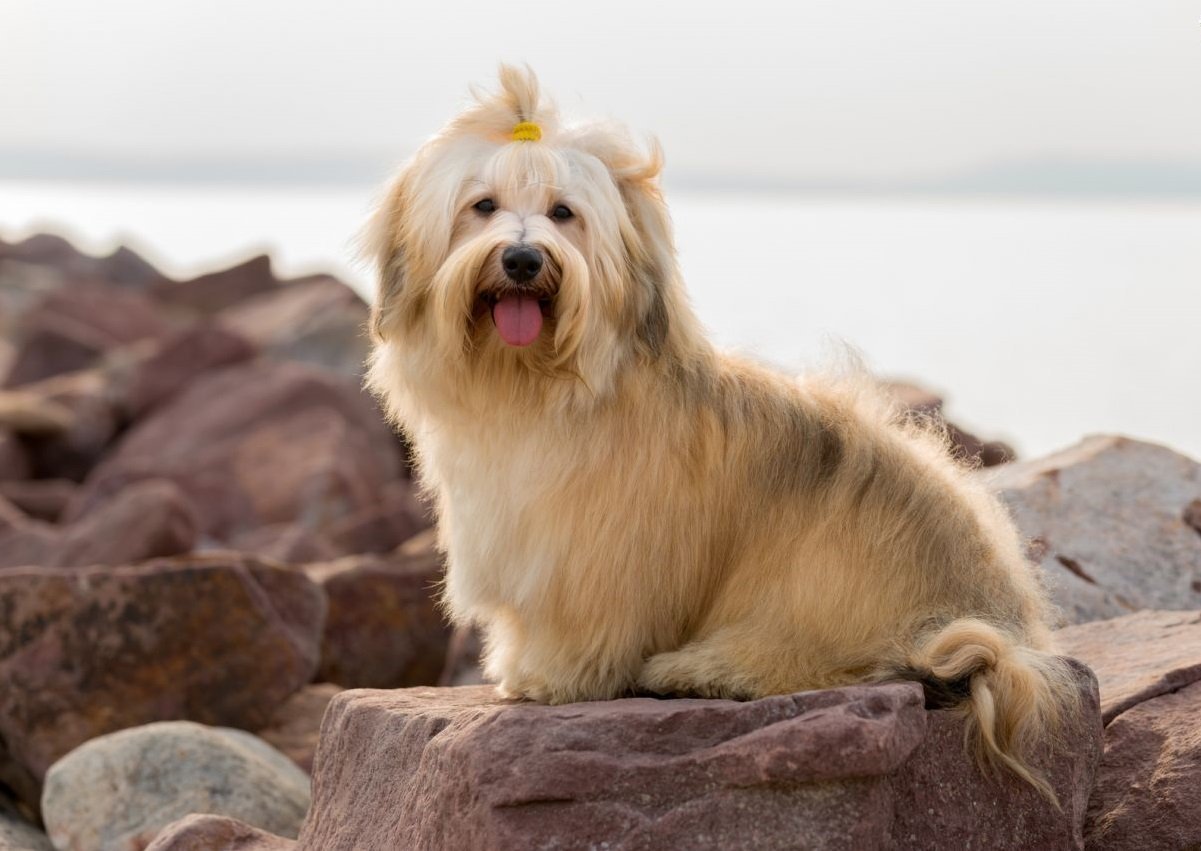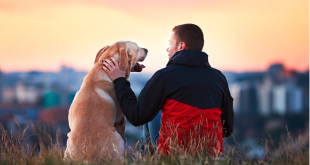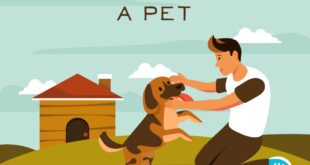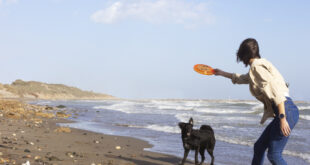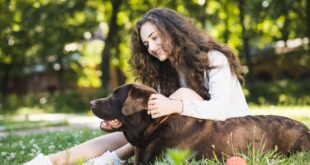A wonderful and versatile pet!
Country of Origin: Cuba
Dog Group: Toy dog breeds (AKC)
Origin of Name: The Bichon Havanese originated in the 19th century. It was continually bred in Cuba all through the 20th century and was the preferred pet/dog of Cuban families. The Havanese, also known as the Bichon Havanais, the Havana Silk Dog, and the Bichon Havanese, is a breed of dog in the Toy Group.
Shedding
A bit low
Monthly keeping cost
Premium
Rs.8,000
Standard
Size
Tendency to Bark:
- Breed Info
- Maintenance
- Hair & Coat
- Health
- More
Life Span: 12 to 15 years
Availability: Rare
About Havanese
The Havanese, also known as the Bichon Havanais, the Havana Silk Dog, and the Bichon Havanese, is a breed of dog in the Toy Group. The little intelligent and sensitive Havanese is best described as a friend to all as this breed gets along with all animals and people of all ages. The Havanese was recognized by the AKC in 1996 and AKC approved in 2001.
The Havanese is originally from Cuba and it is the only native dog breed of this country. The Havanese was created sometime in the late 1800’s to early 1900’s, and their ancestors include the Bichon. This breed was developed solely as a lap dog and human companion.
The Havanese is a small purebred known for being affectionate, cheerful, gentle, intelligent, loyal, responsive, and social. The most common colors for Havaneses are black, blue, brown, gray, silver, and white. To keep it healthy, it will need to get exercise regularly. The Havanese commonly participates in agility and competitive obedience.
Visits to Groomer-High
Drooling-No
Bath-Rare
Tolerance to heat-Basks in it
Tolerance to cold-Loves snow
Exercise Requirement-Little
Under Coat- Yes
Colour- Fawn, Mahogany, Black, White, Tobacco, Havana Brown
Coat Type- Curly and Wavy
Hair Length- Flowing
Hair Density- Dense
Havanese are generally healthy, but like all breeds, they’re prone to certain health conditions. Not all Havanese will get any or all of these diseases, but it’s important to be aware of them if you’re considering this breed.
Hip Dysplasia
Elbow Dysplasia
Chondrodysplasia
Legg-Perthes Disease
Cataracts
Deafness
Patellar Luxation
Portosystemic Shunt
Heart Murmur
Mitral Valve Insufficiency
Temperament
Harriers are active, friendly, and stubborn. Harriers love to be in their pack of dogs or in their pack of humans. They can be independent and should be trained early .Harriers never bite or snap. They are gentle and affectionate, and good with children. They have great stamina, love to hunt, and tend to wander.
Training & Intelligence
A Harriers is quite intelligent and remembers the scents very well. Training a Harriers can a be a little difficult task as they are extremely stubborn in nature. If you are getting a Basset Hound puppy, early training will be advisable. Crate training and obedience training will be required to house train the puppy.
Breeding
Litter Size- 1 to 9 puppies (approximately)
Complication in Breeding-No
Procreation
Harriers are a healthy and sturdy breed . Generally a dog takes around 18 months to reach his or her full height and structure. It is advisable to breed your dogs after at least two years of age. If you are a first timer at breeding then taking a vets help.
Havanese Profile
Friendliness
Loves Humans
Training
Easy to train
Intelligent Breed
Litter Size

Grooming
Regular grooming Require
Personality
Gentle
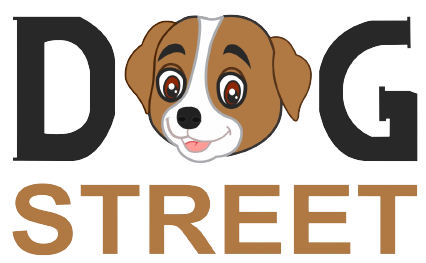 Dog Street – Best Dogs Website In India | All Dog Latest News Portal
Dog Street – Best Dogs Website In India | All Dog Latest News Portal

